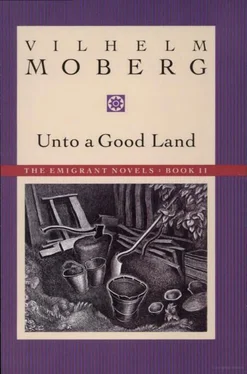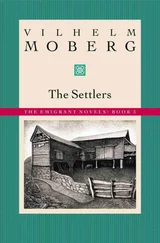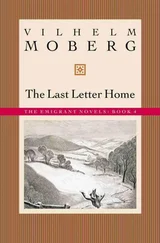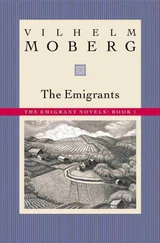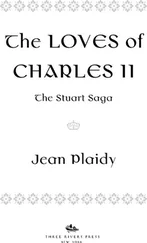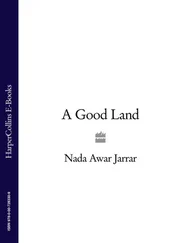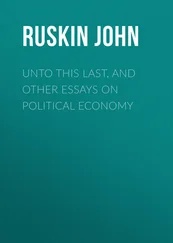Moberg strove to debunk the old heroic myths of Swedish history. But in his tales of the immigrants to Minnesota, he succeeded in his own right in creating a significant popular image. The figures of Karl Oskar and Kristina, the ultimate commonfolk, speak so powerfully to our imagination that they assume a dimension larger than life. Like many other contrasts in his life, this ironic twist would have hit home with Vilhelm Moberg and appealed to his literary sensibility.
Moberg’s writing style has been a subject of discussion since the 1960s when critic Gunnar Brandell denied him a place among the great creative artists of modern Swedish literature. According to Brandell, Moberg wrote a solid everyday prose that did not adequately express shades of difference or depict characters in sufficient depth. Moberg lacked “lyrical resources,” Brandell concluded. 19
Since that time several writers have defended Moberg’s writing style. Gunnar Heldén pointed out Moberg’s strengths in dealing with three central motifs in classic lyricism: nature, love, and death. 20Sven Delblanc described Moberg’s prose style as en poesi i sak, that is, a style that pays steady attention to small details, thus creating a harmony and poetry of everyday life without reliance on the neat turning of phrases or on striking images. 21Finally, Philip Holmes explained Moberg’s use of alliteration, phrase-pairs, and repetition in his prose. These devices allowed Moberg to slow his narrative tempo and to strive “for clarity and fullness of expression.” 22
Holmes described the Old Testament and the medieval Swedish laws as major influences on Moberg’s writing style. Moberg strove in his prose to produce the thought patterns of rural people from the nineteenth century. Although unlettered, these people were confronted with and forced to sort out a new world of impressions and complicated emotions. Moberg’s task was to give a realistic voice to his characters. His success in finding this voice speaks for his creativity.
Roger McKnight
Gustavus Adolphus College
NOTES
1. Magnus von Platen, Den unge Vilhelm Moberg. En levnadsteckning (Stockholm: Bonniers, 1978), 310.
2. Vilhelm Moberg, “Där jag sprang barfota,” Berättelser ur min levnad (Stockholm: Bonniers, 1968), 29–46.
3. Von Platen, Den unge Vilhelm Moberg, 9.
4. Moberg, “Från kolbitar till skrivmaskin,” Berättelser ur min levnad, 119.
5. Moberg, “Romanen om utvandrarromanen,” Berättelser ur min levnad, 292.
6. Moberg, “Romanen om utvandrarromanen,” 293, 298.
7. Moberg, “Romanen om utvandrarromanen,” 294. For similar comments in English, see: Moberg, “Why I Wrote the Novel About Swedish Emigrants,” Swedish Pioneer Historical Quarterly 17 (Apr. 1966): 63.
8. Gunnar Eidevall, Vilhelm Mobergs emigrantepos (Stockholm: Norstedts, 1974), 19–20.
9. For discussions of Moberg’s research methods, see Philip Holmes, Vilhelm Moberg (Boston: Twayne, 1980), 110–32; Ingrid Johanson, “Vilhelm Moberg As We Knew Him,” Bulletin of the American Swedish Institute (Minneapolis), no. 11 (1956); Bertil Hulenvik, Utvandrarromanens källor: Förteckning över Vilhelm Mobergs samling av källmaterial, ed. Ulf Beijbom (Växjö: House of Emigrants, 1972).
10. Don Josè [pseud.], “Vilhelm Mobergs arnerikabagage nära att gå till Europahjälpen,” Svenska Dagbladet, June 4, 1948, p. 11.
11. Sven Åhman, “Vilhelm Moberg ser på USA,” Nordstjernan, May 26, 1949.
12. Gustaf Lannestock, Vilhelm Moberg i Amerika (Stockholm: Zindermans, 1977), 36. Much of our knowledge of Moberg’s life in America is derived from the two men’s correspondence and from this volume.
13. For works in English detailing Moberg’s impressions of America, see Moberg, The Unknown Swedes: A Book About Sweden and America, Past and Present, ed. and trans. Roger McKnight (Carbondale: Southern Illinois University Press, 1988); McKnight, “The New Columbus: Vilhelm Moberg Confronts American Society,” Scandinavian Studies 64 (Summer 1992): 356–88. Moberg expressed many of his opinions in letters to Lannestock; these letters are now in the House of Emigrants in Växjö, Sweden, and are referred to in “The New Columbus.” See also Lannestock, Vilhelm Moberg i Amerika (in Swedish). My comments here and five paragraphs below are based on these works.
14. Moberg, Min svenska historia (Stockholm: Norstedts, 1971), 1:14.
15. Sigvard Mårtensson, Vilhelm Moberg (Stockholm: Bonniers, 1956), 202.
16. Sven Delblanc, “Den omöjliga flykten,” Bonniers litterära magasin 42, no. 6 (Dec. 1973), 267.
17. Rochelle Wright, “Vilhelm Moberg’s Image of America,” (Ph.D. diss., University of Washington, 1975), 34–40.
18. McKnight, “The New Columbus,” 384.
19. Gunnar Brandell, Svensk Litteratur 1900–1950: Realism och Symbolism (Stockholm: Förlaget Örnkrona, 1958), 261.
20. Gunnar Heldén, “Vilhelm Mobergs lyriska resurser,” Emigrationer: En bok till Vilhelm Moberg 20-8-1968 (Stockholm: Bonniers, 1968), 215–29.
21. Delblanc, “Den omöjliga flykten,” 266.
22. Holmes, Vilhelm Moberg, 126.
Introduction to Unto a Good Land
Moberg finished the second volume of the Emigrant Novels in 1952 in Carmel, California. The Swedish original bears the title Invandrarna (The Immigrants). The English-language version, Unto a Good Land, followed in 1954. The English title is taken from the Old Testament, Exodus 3:8, a passage absent from the beginning of the Swedish edition.
A novel of passage, Unto a Good Land carries the immigrants to the margins of American settlement areas. Their first period in Minnesota consists of an elemental encounter with nature on the one hand and the difficulties of dealing with a new language on the other.
The distance the immigrants have traveled and the strangeness of their new environment make their sense of isolation more intense. At the same time, they are delivered, as in the Old Testament story, into virgin territory, a land of milk and honey, where the promise of freedom becomes a reality.
The narrative moves at a leisurely pace between New York and Minnesota. This pace gives Moberg an opportunity to depict the immigrants’ amazement at the bustle and perils of city life in America as well as the miracle of rail travel, Both of these aspects have historical validity. In the middle of the nineteenth century, Sweden was still largely agricultural and lacked an urban culture. Stockholm, the capital, was an ethnically homogeneous town of barely one hundred thousand inhabitants. In addition, most Swedes of the 1840s and 1850s would never have seen a train before. Even though the steam engine was pioneered in Sweden, construction of the Swedish national rail lines lagged behind that of Britain and the continental European countries and was not completed until the 1880s.
Other aspects of Moberg’s narrative are also based on historical fact. Olof Hedström (1803–77) was an early Swedish immigrant who converted to Methodism and became a minister to seamen around midcentury in New York. As Moberg writes, he ran the Bethel ship in New York harbor. There he took in newly arrived Swedes and helped them with advice about America. Hedstrom’s brother Jönas (1813–59) was also a Methodist, a resident of Victoria, Illinois. He worked with the church and in real estate in western Illinois. The brothers were instrumental in guiding many Swedish immigrants to areas settled by their countrymen in downstate Illinois, where the newcomers often bought farmland. 1
Читать дальше
